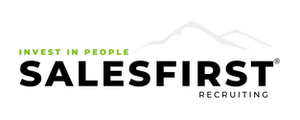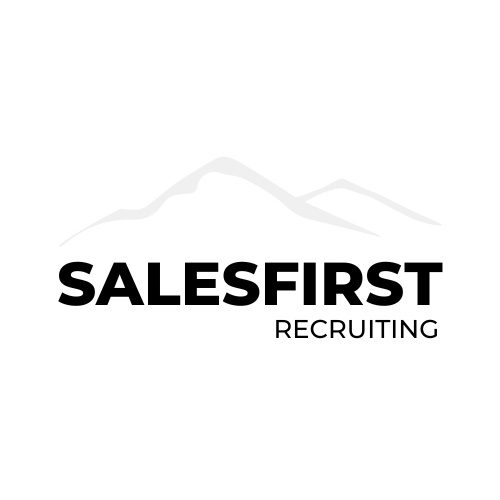Why SaaS Companies Should Hire SDRs (But Not Expect Too Much)
The role and value of sales development representatives (SDRs) in the software as a service (SaaS) industry is a topic of heated debate. On one hand, detractors argue that SDRs are a waste of money and resources, and that venture capitalists and private equity firms have poured billions of dollars into SDR teams that failed to deliver on their promises of generating qualified leads and revenue. They claim that SDRs are inefficient and ineffective in the modern sales landscape, where buyers are more informed, empowered, and self-reliant than ever before. On the other hand, proponents for SDR teams argue that they are a vital asset for SaaS companies, and that if done right, SDRs can really help a sales pipeline. They claim that SDRs are essential for creating awareness, interest, and engagement among potential customers, and that they can help salespeople focus on closing deals rather than prospecting.
In case you’re new to the world of SaaS sales, SDRs are often the first point of contact for potential customers in the SaaS industry. They are responsible for qualifying leads, booking meetings, and nurturing prospects through the sales funnel.
Here’s SalesFirst’s Perspective:
SDRs are not a magic bullet for boosting revenue and growth, and we don’t think they ever will be. For years, we’ve been telling our clients that hiring SDRs is not about the ROI. Instead, we encourage our clients to bring in junior professionals who lack experience but have the drive, enthusiasm, and curiosity to learn and grow in the SaaS space. Hiring SDRs can help SaaS companies build a diverse and talented sales team, foster a culture of learning and feedback, and create a pipeline of future account executives, managers, and leaders.
So, SaaS companies should not expect an enormous ROI- At least not in the short term. Here’s why:
Companies face a tough challenge promoting SDRs before they turn over: SDRs are often viewed as a stepping stone to more senior roles in sales or other departments. Ask an SDR why they are in their role and many will tell you they aspire to become account executives, customer success managers, marketers, or even leaders. This can quickly lead to a high turnover rate, resulting in SaaS companies burning through cash as they constantly hire and train new talent.
SDRs need to see professional growth or results before they get the itch to look elsewhere: SDRs need time and training to become effective, as they don’t typically arrive with the skills and knowledge to sell complex and technical solutions. This requires a lot of effort and resources from both the SDRs and their managers. Few companies really expect their SDRs to hit their quotas and generate revenue right away, but they still invest in their onboarding, coaching, and mentoring to help them reach their full potential.
The job of the SDR is exhausting: SDRs encounter a multitude of challenges, from cold calling and dealing with gatekeepers to leaving voicemails for no-shows and unqualified leads. As if that weren't enough, there are also unforgivably rude prospects to contend with. Trust us, no matter their willpower, this can take a toll on their motivation, confidence, and performance. SaaS companies that do well supporting their SDRs often invest in ways to deliver praise, recognition, and incentives to keep them engaged and motivated, understanding that SDRs have one of the toughest jobs in sales.
SDRs have varying levels of productivity and performance. The disparity among companies in setting targets for their SDRs is significant. Requirements can range from less than $1M to a whopping $10M pipeline annually, with varying expectations on scheduled meetings. Context from leaders in terms of industry, sales process, tools, incentive structure and training must be taken into account. SaaS companies should not expect all SDRs to perform equally or consistently. This is why SalesFirst Recruiting recommends manage their metrics closely and optimizing their strategies accordingly.
We Still Recommend Hiring SDRs
Here’s why:
SDRs can help fill your sales talent pipeline. One of the benefits of hiring SDRs is that they can become your future sales stars if you provide them with a clear career pathing program. A career pathing program can help SDRs feel valued and motivated by showing them that they have a future in the company beyond their current role. It can also help SaaS companies retain their top performers by offering them internal promotions and transfers. A career pathing program can also help SaaS companies fill their sales talent pipeline by creating a pool of qualified and experienced candidates for higher-level sales roles. This can reduce the time and cost of hiring external candidates and ensure a smooth transition and continuity of sales performance.
It can be a more realistic path to diversity: Diversity is more than just a buzzword. It is a competitive advantage for any SaaS company that wants to grow and succeed in the global market. However, finding diverse candidates for senior sales roles such as AEs, AMs, and CSRs can be challenging due to the high expectations and requirements. A smart solution is to hire a diverse set of SDRs based on their intangibles, such as their motivation, communication skills, and adaptability, and then train them up to become future sales leaders. This way, a SaaS company can build a strong and diverse sales pipeline that reflects its values and vision.
There are advantages to promoting SDRs over hiring AEs. First, from day 1 as an AE they’ll have a deep understanding of the product and the customer journey, as they have been involved in generating and qualifying leads, setting up demos, and nurturing relationships. Second, they’ll bring a proven track record of performance and potential, as they have shown their skills, knowledge, and ambition in their previous role. Third, they’ll have a strong sense of loyalty and commitment to the company, as they have been rewarded and recognized for their efforts and achievements.
You can develop your AEs into leaders: AEs can gain leadership experience by mentoring SDRs. There’s the onsite coaching and the communication & feedback skills. Additionally, it can help create a positive and supportive culture within the sales team, where everyone is willing to help each other grow and succeed.
Ask SalesFirst Recruiting for Help
Hiring SDRs can be a great strategy when done correctly; however, hiring SDRs can also be challenging and time-consuming. That’s why we recommend using SalesFirst Recruiting to hire your sales talent. SalesFirst Recruiting is a specialized sales recruiting agency that helps you find and hire the best SDRs, AEs, AMs, CSRs, and any client facing professionals for your SaaS company. We have a proven process and a network of qualified and vetted candidates who are ready to join your team and make an impact. Whether you need one SDR or a whole team, SalesFirst Recruiting can help you fill your sales roles faster and easier.
Visit www.salesfirstrecruiting.com today and get started with a free consultation.

